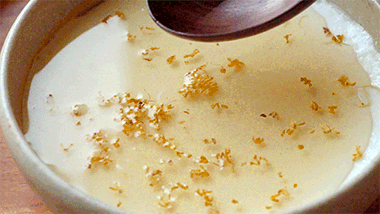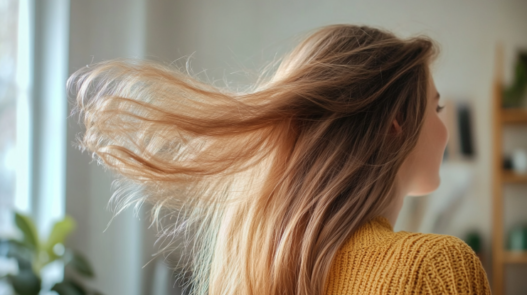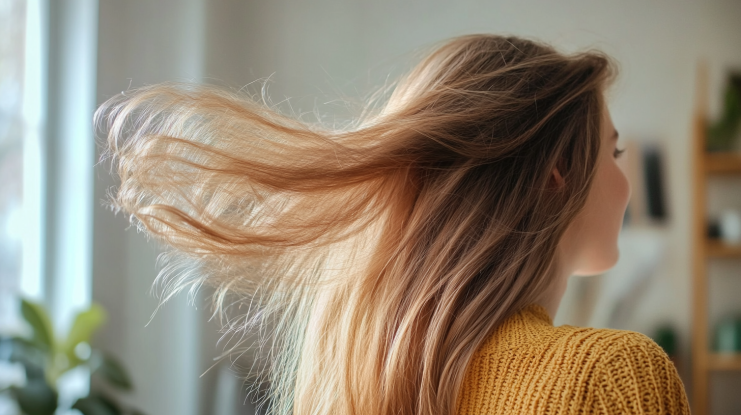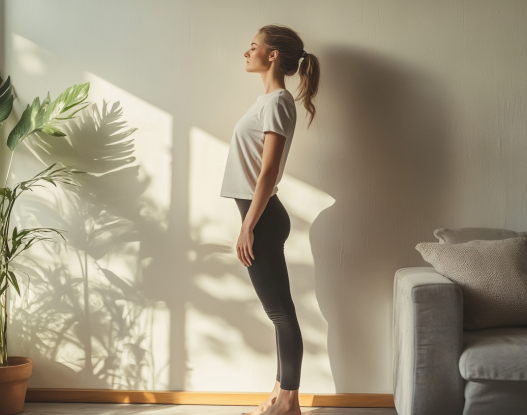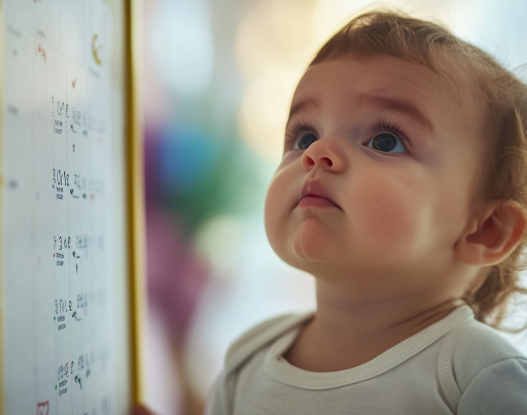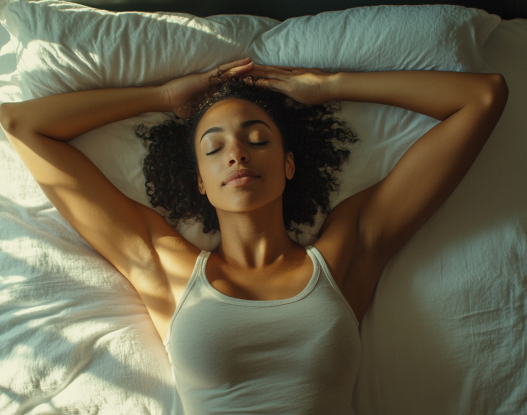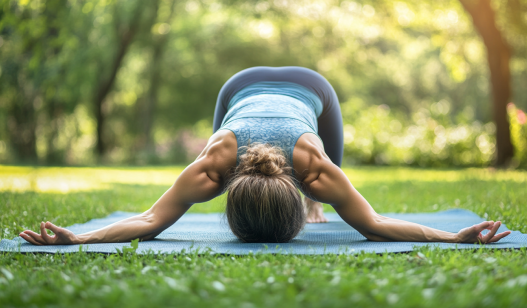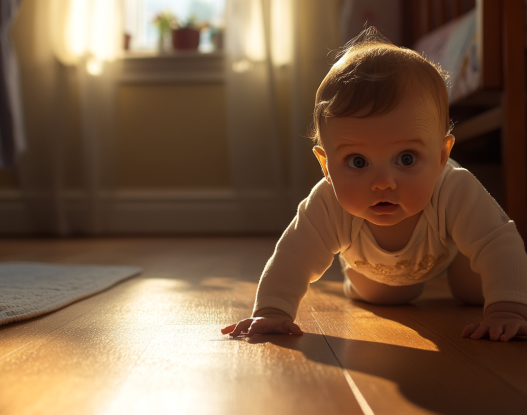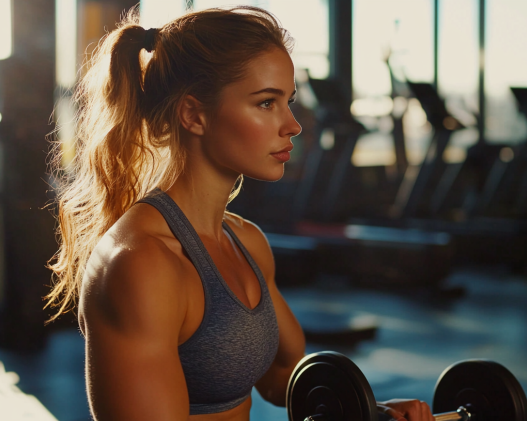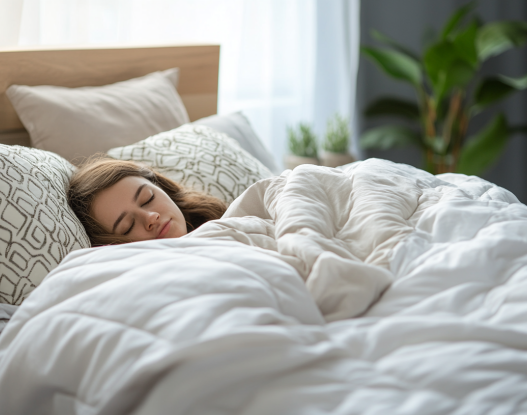Many of us are caught in a dilemma when it comes to drying our hair: should we let it dry naturally or use a blow dryer to speed up the process? Natural drying can take forever, but using a blow dryer makes us worry about potential damage. If you’re someone who blow-dries your hair every day, what happens to your hair over time? The truth is, regular use of a blow dryer can make your hair brittle, dry, and even lead to yellowing. Let’s dive into the science of blow-drying and how it affects your hair.
The Effects of Daily Blow-Drying
In 2011, researchers at Yonsei University in South Korea conducted a study published in the Annals of Dermatology to explore the effects of hair dryers on hair. The study revealed that improper blow-drying techniques can cause hair to become rough, dry, and lose its color. The researchers divided the same hair sample into five groups for testing:
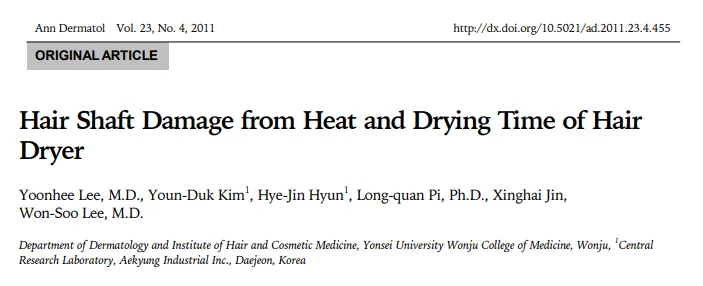
Research screenshots
- Control group (no treatment)
- Air-dried hair at room temperature (20°C)
- Blow-dried for 60 seconds, 15 cm from hair (47°C)
- Blow-dried for 30 seconds, 10 cm from hair (61°C)
- Blow-dried for 15 seconds, 5 cm from hair (95°C)
Each hair sample underwent 30 drying cycles, and the hair’s moisture content and color were analyzed using various instruments like electron microscopes and photometers.
Key Findings:
- Higher temperatures caused more surface damage to the hair, but the cortex (the inner part of the hair) was unaffected.
- The air-dried group showed damage to the cell membrane complex, which is vital for retaining moisture and nutrients.
- The hair dried at 95°C lost its color and appeared lighter after 10 drying sessions.
- Blow-drying caused more surface damage than air-drying, but keeping a 15 cm distance from the hair and constantly moving the dryer resulted in less damage than letting hair air-dry.
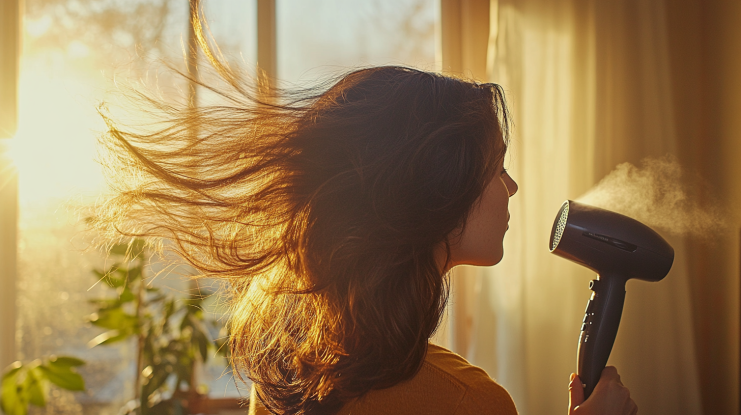
Why Does Hair Become Brittle and Yellow?
Blow-drying improperly can severely damage your hair. The high temperatures from the blow dryer can lead to dry, split, and fragile hair, as well as color fading. Here’s how:
- Roughness and Dryness
The high heat and airflow from blow-dryers can damage the cuticle layer, which is the outermost part of the hair that protects the inner layers. When the cuticle is damaged, it makes the hair rough, increasing friction and further damaging the strands.
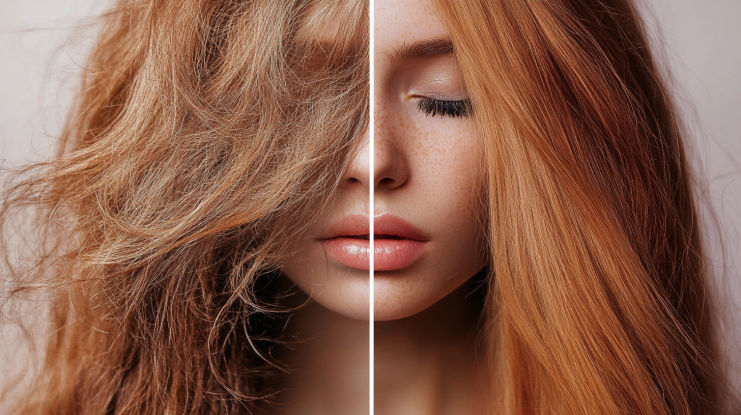
- Brittleness and Breakage
Heat also damages the disulfide bonds in the keratin protein of the hair, which weakens the structure and makes the hair more prone to breakage. - Yellowing
The heat can break down melanin, the pigment responsible for the natural color of your hair. When melanin is damaged, the hair becomes more likely to turn yellowish. This is why people who use blow-dryers frequently often notice a yellowish tinge to their hair.
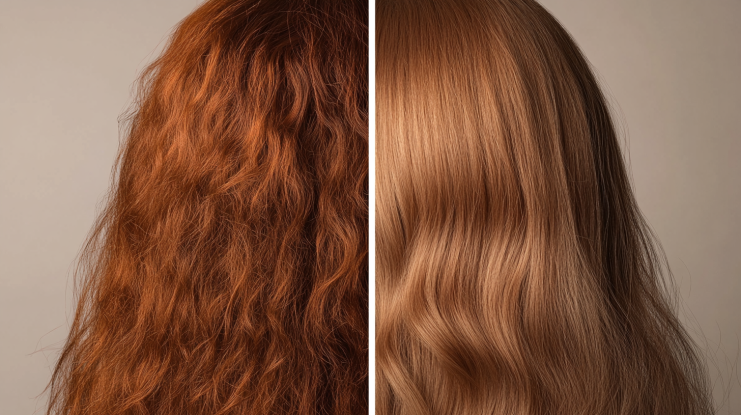
Is Air-Drying a Better Option?
Not necessarily. While air-drying sounds like the gentler option, it’s not free from its own drawbacks. As the study showed, the group that air-dried their hair also experienced damage to the cellular membrane complex. Additionally, sleeping with wet hair or going outside with damp hair can increase the risk of catching a cold. Wet hair leaves the cuticle open, which makes it more prone to damage from friction, ultimately weakening your hair.
5 Tips for Correctly Blow-Drying Your Hair
To keep your hair healthy while blow-drying, remember these five essential tips:
- Blot Excess Water with a Towel
Before using a blow dryer, gently blot your hair with a towel to remove excess water. Don’t rub, as this can cause friction and damage. Only use the blow dryer once your hair is about 50% dry.
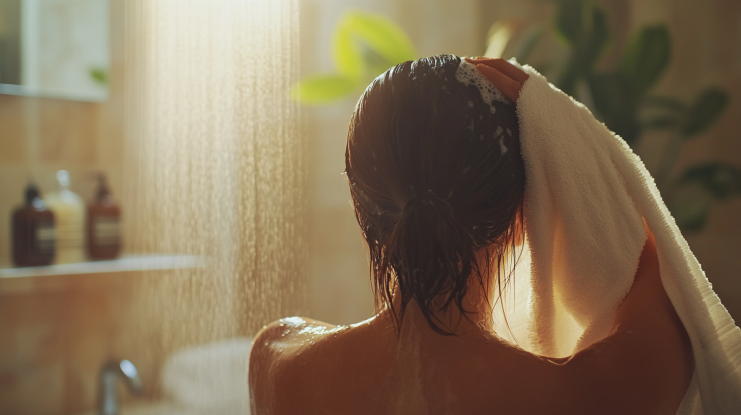
- Maintain Proper Distance
Keep the blow dryer at least 15 cm away from your hair. The study found that this distance results in less damage to your hair compared to blow-drying from a closer range.
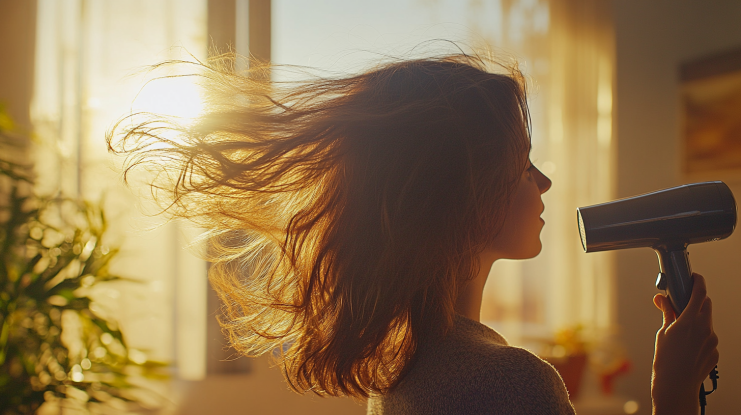
- Use Lower Heat Settings
Avoid using the highest heat or air power settings. Instead, opt for cooler or lower heat settings, and make sure the airflow isn’t too hot to the touch. This helps prevent excessive heat exposure to your hair and scalp. - Blow-Dry in the Right Direction
Start by drying your roots and then work your way down to the tips. Always blow-dry in the direction of hair growth to minimize damage. Avoid rubbing your hair with the dryer.
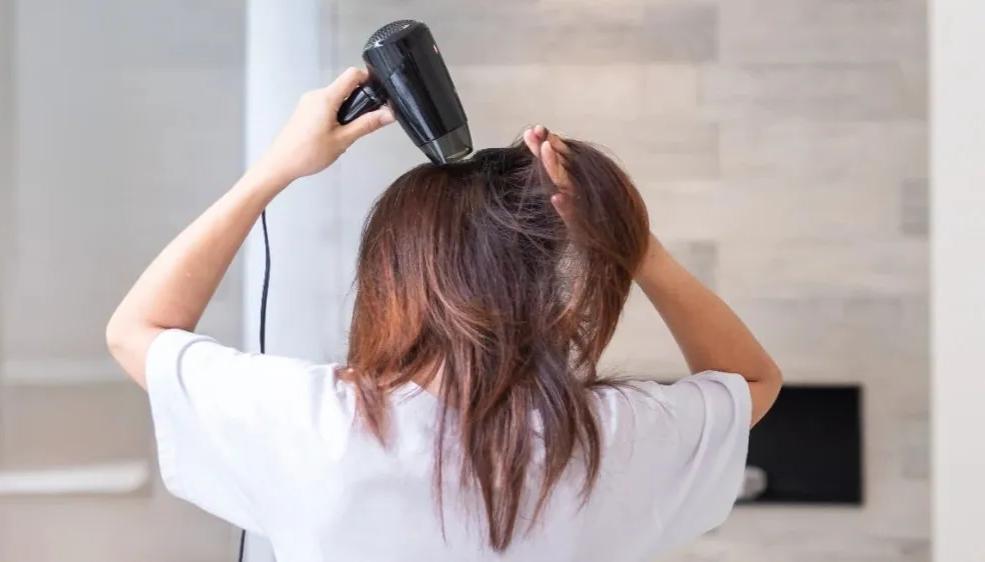
- Limit Blow-Drying Time
Don’t spend too much time blow-drying your hair. Excessive heat exposure can strip the hair of moisture, causing it to become dry and brittle. Once your hair feels slightly damp, switch to cool air to finish drying, or simply let it air-dry completely.
Conclusion
While blow-drying can be a quick and convenient way to dry your hair, using it improperly or too often can lead to long-term damage like dryness, brittleness, and yellowing. The key is to follow proper blow-drying techniques, use the lowest heat settings, and maintain a safe distance from your hair to minimize damage. By taking these simple steps, you can enjoy the benefits of a blow dryer without compromising your hair’s health.





